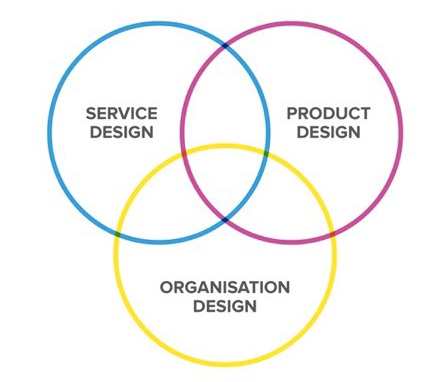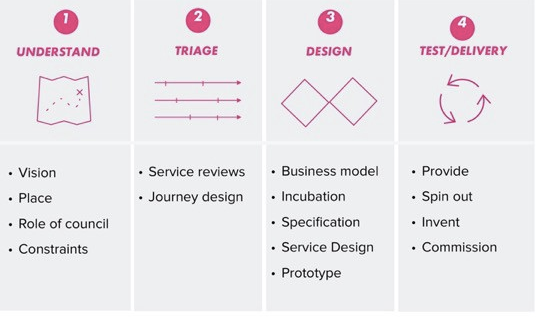One of the featured speakers at the Public Sector Communications Conference in London on Thursday was Carrie Bishop of FutureGov, who spoke to her organization’s mission of designing public services for the digital age.
FutureGov is based in the U.K., but helps governments around the world think deeper about how they should be interacting and engaging with people. In other words, FutureGov helps governments become more…human.
As Bishop put it, “The world is changing all around us. Twenty-first century services like Uber, Amazon and others have changed what customers’ expectations of good service should look like.”
So how can the public sector tap into that mentality, and develop an approach that meets the elegant and intuitive expectations that citizens are used to?
“The reality is, public services are starting to meet these expectations,” Bishop said. “But too often, organizations are looking to the future while still being weighed down by the institutions of the past.”
The charge is on the public sector because for governments, everyone counts. Where the private sector can focus attention to the bottom line, Bishop said, it leaves a portion of the population missing. Companies like Uber don’t have to expand to rural areas where they can’t make a profit – that is their focus.
The public sector, though, is responsible for thinking about all citizens in all places. That is its mission, which brings groups like FutureGov to the table to think through how they can reach those typically left behind.
Bishop emphasized that understanding the context of what citizens need is the most important first step. If you don’t understand your customer, how can you best design a technology to deliver what they need? “This is the building block of a 21st century public service,” according to Bishop.
 Then, commission an audit of how services are provided. Take a look at the status quo: how are services provided now, and how are they supported behind the scenes?
Then, commission an audit of how services are provided. Take a look at the status quo: how are services provided now, and how are they supported behind the scenes?
Then, allow technology to enter the picture. “The digital revolution is fundamental part of radically reshaping services,” said Bishop. “New user journeys and ways of working need to be digital first, with an infrastructure that is flexible and built on open standards.”
Making small tweaks to the status quo will never cause real, meaningful change, according to Bishop. In order to create services that are fit for the future, take the following next steps:

“There are different ways to get started, but all organizations need to create the space for innovation to happen,” said Bishop.
And no matter what, Bishop said, do something. Try something new and get it in front of people. This is how government will change for the better, and the only way forward to meeting the needs of the modern citizen.
Want to see more from the 2016 Public Sector Communications Summit in London? Check the website for the recording of the conference, along with the presentations and photos.